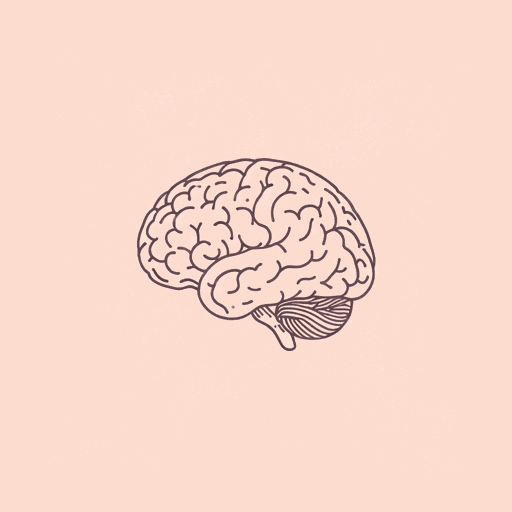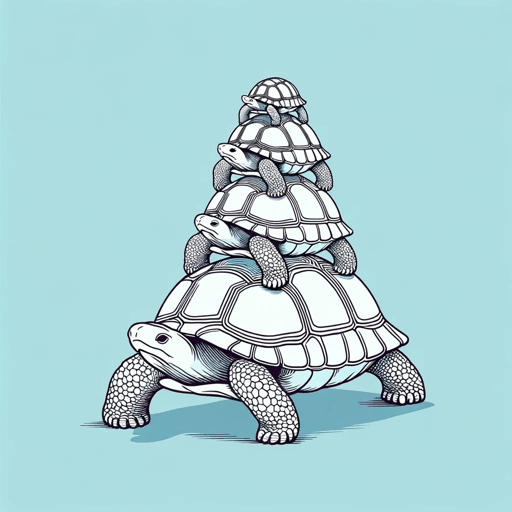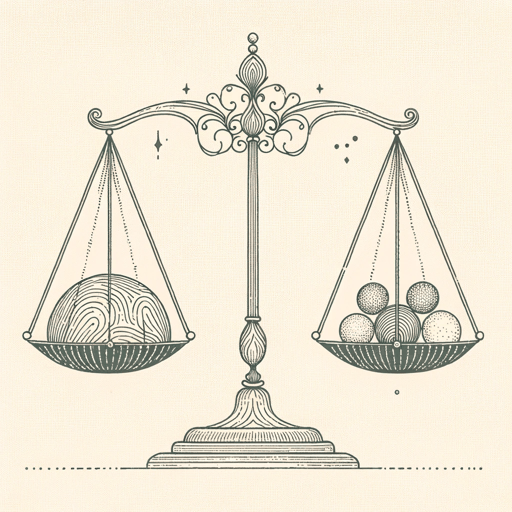92 pages • 3 hours read
Robert M. SapolskyBehave: The Biology of Humans at Our Best and Worst
Nonfiction | Book | Adult | Published in 2017A modern alternative to SparkNotes and CliffsNotes, SuperSummary offers high-quality Study Guides with detailed chapter summaries and analysis of major themes, characters, and more.
Chapter 9Chapter Summaries & Analyses
Chapter 9 Summary & Analysis: “Centuries to Millenia Before”
Culture is social learning transmitted between generations by non-genetic means. Not only humans, but also other social species, such as apes, cetaceans, and crows exhibit culture. Naturally, different cultures mean different behaviors at the individual level. How ecology shapes culture and culture shapes brains is the subject of this chapter.
Collectivist Versus Individualist Cultures
Behavioral differences in individualist cultures (like the USA) versus collectivist cultures (like Japan) are striking. People from individualist cultures often seek accomplishment, use personal self-definitions (I am a doctor), and gather satisfaction from individual over group effort. People from collectivist cultures more often seek success via group identification, identify themselves relationally (I’m a parent), and may be better at ToM.
Cognitive skills also change depending on culture. People from individualist cultures are better at estimating absolute measurements of objects while collectivist are better at relational measurements. People from collectivist cultures are better at remembering scenes as a whole; individualist are better at remembering features of the person in the center. The frontal cortex of individuals from each culture must work harder to process in the style of the other culture than their own. These differences have biological correlations: The emotional mPFC activates when looking at images of the self in individualist cultures and relatives in collectivist cultures.
Related Titles
By Robert M. Sapolsky




